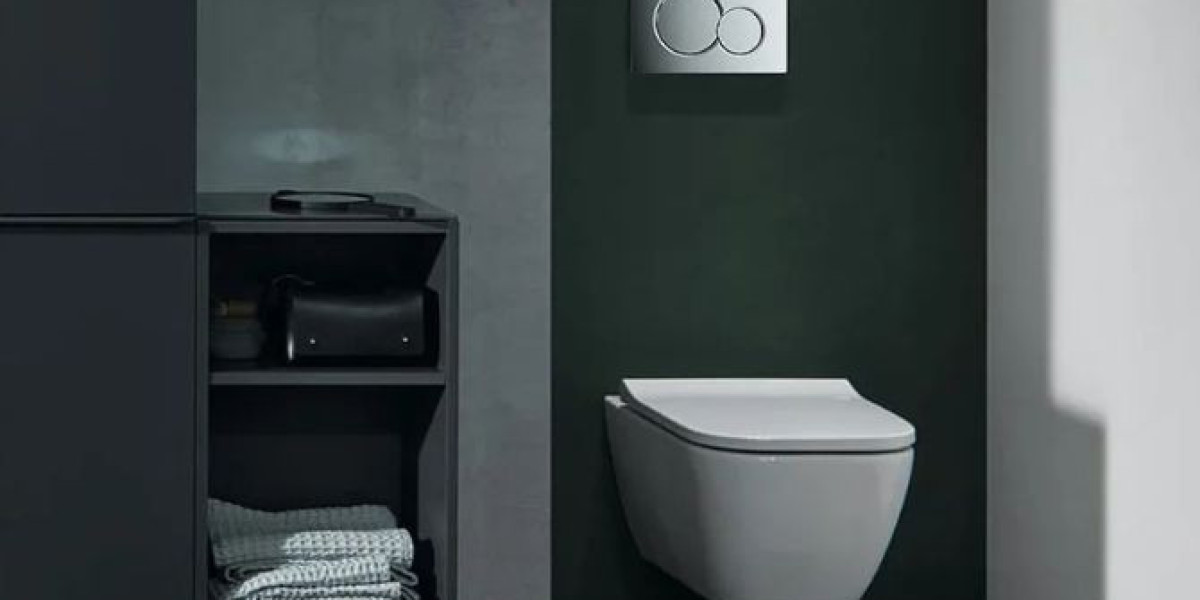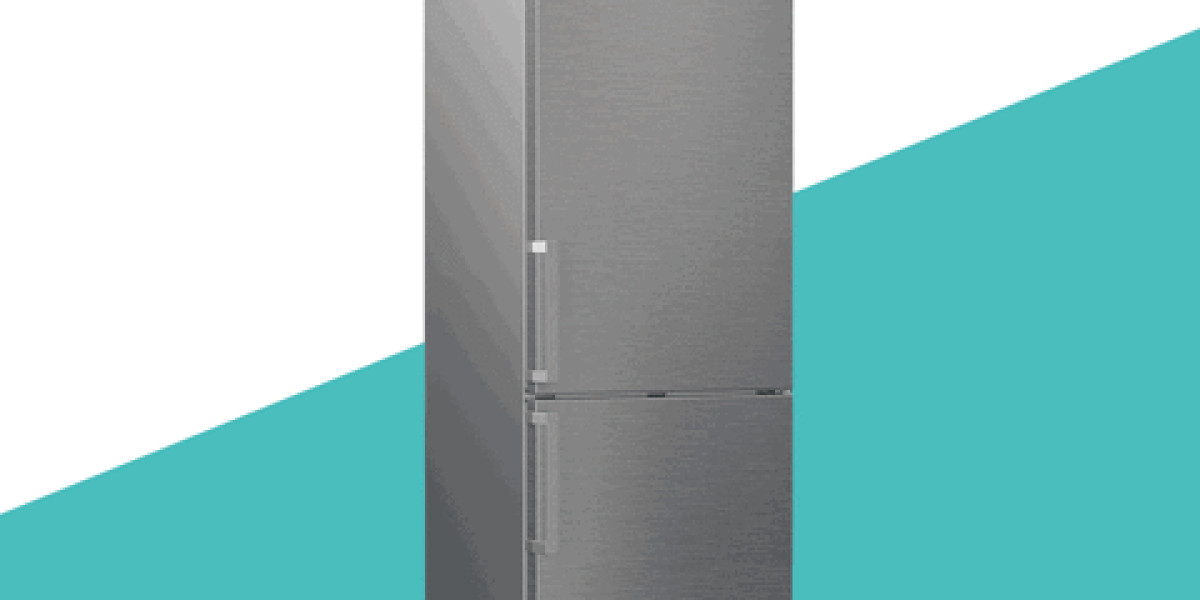Concealed WC tanks, often associated with modern bathroom designs, are a popular choice for homeowners seeking a sleek and minimalist aesthetic. These hidden cisterns complement wall-hung commodes and add a touch of elegance to sanitary ware. However, like any other sanitary item, concealed tanks require regular maintenance to ensure they function optimally. In this article, we’ll discuss the best practices for maintaining and troubleshooting issues with concealed WC tanks, with a particular focus on brands like Geberit, which are known for their high-quality concealed tank systems.
Understanding Concealed WC Tanks
Concealed WC tanks are designed to be hidden behind a wall or a panel, with only the flush plate visible. They are an excellent choice for wall-hung commodes, offering a clean and modern look while saving space. These tanks are typically made of durable plastic and are integrated with advanced flushing mechanisms to enhance water efficiency.
Brands like Geberit have set a benchmark in this domain by providing reliable and durable concealed tank systems. Whether it’s for residential or commercial use, these systems are engineered to ensure seamless performance and longevity.
Common Issues with Concealed WC Tanks
Despite their robust design, concealed tanks can face issues over time due to wear and tear, improper installation, or lack of maintenance. Here are some common problems:
Leaking Tanks Leaks can occur due to damaged seals, cracks in the tank, or issues with the inlet valve. This can lead to water wastage and increased utility bills.
Weak Flushing Insufficient flushing can result from clogged pipes, low water pressure, or a malfunctioning flush valve.
Constant Running Water This issue usually arises when the fill valve or flush valve is not sealing correctly, allowing water to flow continuously into the bowl.
Noise During Filling Noisy tanks may indicate issues with the inlet valve or air trapped in the pipes.
Difficult Access for Repairs Since these tanks are concealed, accessing them for repairs can be challenging without proper tools or knowledge.
Maintenance Tips for Concealed WC Tanks
Regular maintenance can significantly extend the life of your concealed WC tank and prevent common issues. Here are some essential tips:
1. Inspect the Flush Plate
The flush plate is the only visible part of the concealed tank. Periodically check for any signs of damage or misalignment. If the buttons feel stiff or unresponsive, it might indicate an issue with the internal mechanisms.
2. Clean the Tank Regularly
Although concealed tanks are hidden, they still require cleaning to prevent buildup of limescale and debris. Use mild cleaning agents and avoid harsh chemicals that might damage the internal components.
3. Check the Fill Valve
The fill valve is responsible for refilling the tank after each flush. Inspect it for leaks or blockages. If water takes too long to fill the tank, the valve might need cleaning or replacement.
4. Ensure Proper Water Pressure
Low water pressure can affect the flushing efficiency of your wall-hung commode. Check the pressure settings and consult a plumber if necessary.
5. Replace Worn-Out Parts
Over time, components like seals, washers, and valves may wear out. Regularly inspect these parts and replace them as needed to prevent major issues.
6. Prevent Hard Water Deposits
Hard water can cause mineral buildup in the tank, affecting its performance. Install a water softener if your area has hard water to minimize this problem.
Troubleshooting Issues with Concealed WC Tanks
When problems arise, timely troubleshooting can save you from costly repairs or replacements. Here’s how to address some common issues:
1. Fixing a Leaking Tank
Identify the Source: Remove the flush plate and inspect the tank for any visible cracks or damaged seals.
Replace the Seal: If the seal is worn out, replace it with a new one compatible with your tank model.
Consult a Professional: For cracks in the tank, professional assistance may be required to avoid further damage.
2. Resolving Weak Flushing
Check for Clogs: Ensure that the pipes and the flush valve are not clogged with debris or mineral deposits.
Adjust the Flush Valve: Some tanks allow you to adjust the flush volume. Increase the setting if necessary.
Inspect the Flush Mechanism: If the issue persists, the flush valve might need cleaning or replacement.
3. Stopping Constant Running Water
Inspect the Flush Valve: A faulty flush valve often causes continuous water flow. Replace it if it’s damaged.
Check the Fill Valve: Ensure that the fill valve is properly aligned and sealing correctly.
Clean the Components: Mineral buildup can prevent the valves from sealing. Clean them thoroughly with a soft brush and vinegar solution.
4. Addressing Noisy Filling
Inspect the Inlet Valve: Noise during filling is often due to a faulty inlet valve. Clean or replace it as needed.
Check for Air in Pipes: Bleed the pipes to remove trapped air that might be causing the noise.
Install a Pressure-Reducing Valve: If the noise is due to high water pressure, consider installing a pressure-reducing valve.
5. Accessing the Tank for Repairs
Remove the Flush Plate: Most concealed tanks allow access through the flush plate. Carefully remove it to reach the internal components.
Use Specialized Tools: Some repairs may require specialized tools to access and fix components inside the tank.
Refer to the Manual: Consult the user manual for your concealed tank model for specific instructions.
Why Choose Geberit Concealed Tanks?
Geberit is a trusted name in the sanitary ware industry, renowned for its innovative and reliable products. Here’s why Geberit concealed tanks are an excellent choice:
Durable Construction Geberit tanks are made from high-quality materials that resist wear and tear, ensuring long-term reliability.
Water Efficiency Equipped with dual-flush systems, Geberit tanks help conserve water without compromising performance.
Easy Maintenance Geberit’s user-friendly designs make it easy to access and maintain the tank, even for concealed systems.
Wide Compatibility These tanks are compatible with a range of wall-hung commodes, making them a versatile choice for modern bathrooms.
Comprehensive Support With a robust support network, Geberit ensures that customers have access to spare parts and professional assistance when needed.
Final Thoughts
Maintaining and troubleshooting concealed WC tanks is essential to ensure the longevity and performance of your bathroom’s sanitary items. By following the tips and techniques outlined in this article, you can address common issues effectively and keep your concealed tank system functioning flawlessly.
Whether you’re using a Geberit concealed tank or another brand, regular maintenance and timely repairs can save you from costly replacements and water wastage. Invest in quality sanitary ware and take proactive measures to enjoy a hassle-free bathroom experience for years to come.








